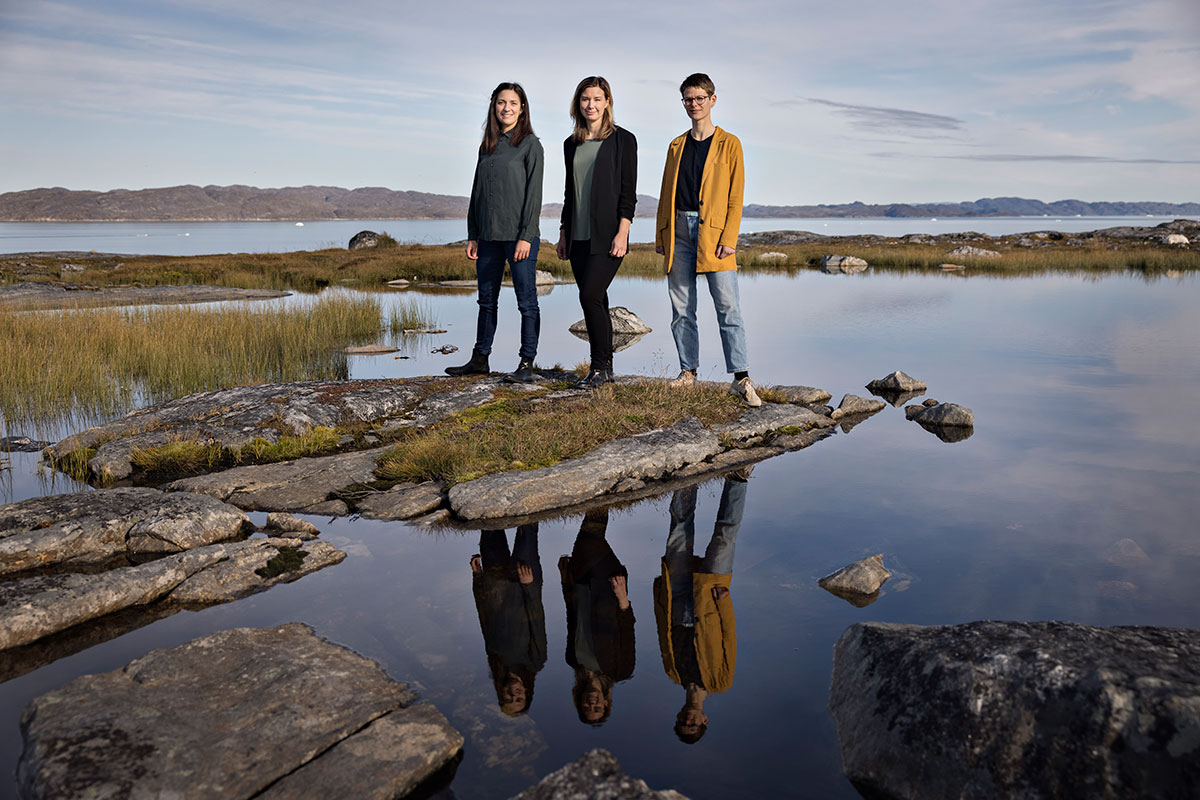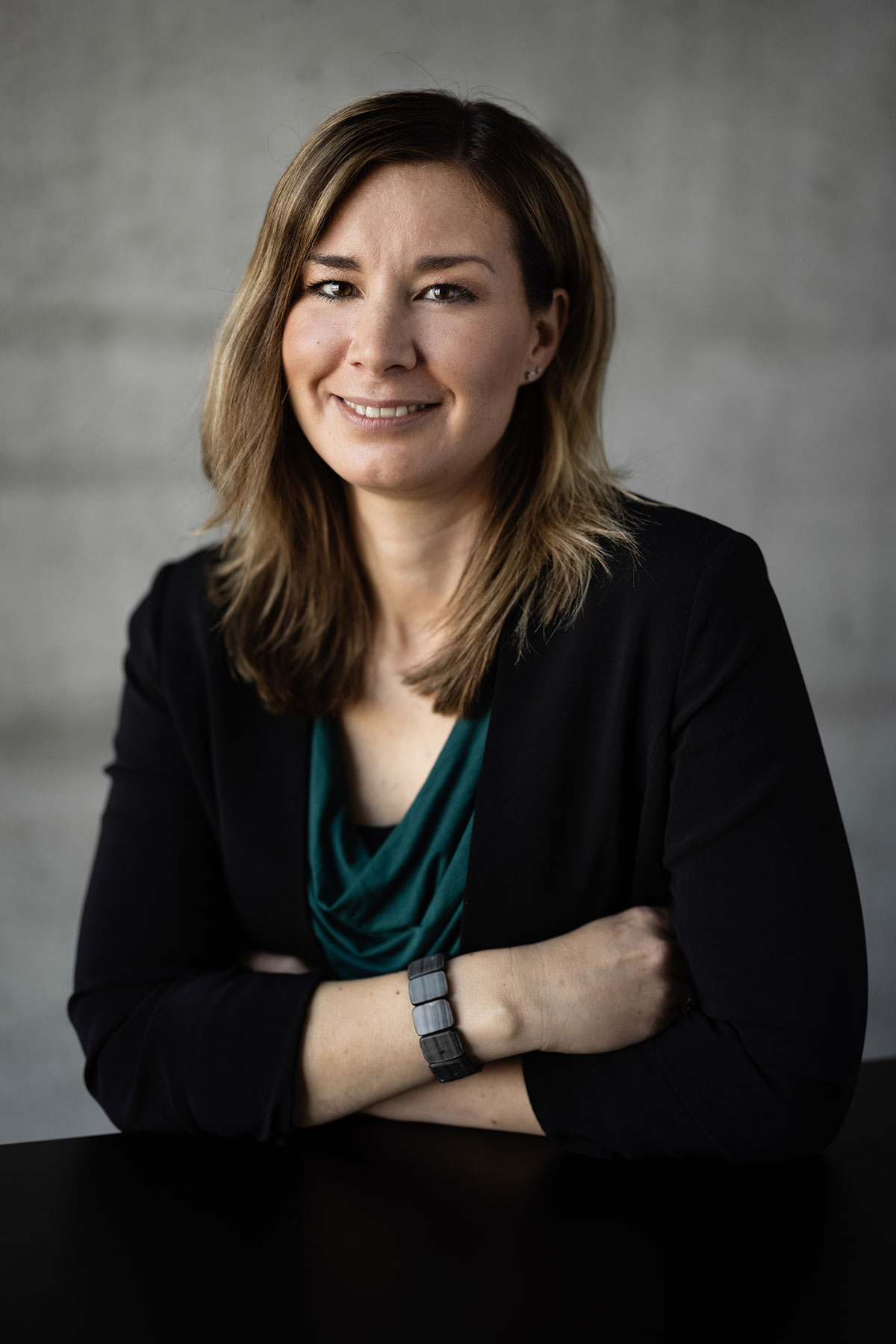The newly established international research hub in Nuuk aims to make arctic knowledge more accessible.
By Uffe Wilken, Polarfronten
The idea of establishing a hub in Greenland that can coordinate and facilitate international and local research has been under way for a few years. On November 1, 2020, the hub finally became a reality thanks to financial aid from the Government of Greenland and the Ministry of Higher Education and Science in Copenhagen. PhD Anna-Sofie Skjervedal was hired as Head of Secretariat and tells us a bit about the hub and its visions for the coming years.
– What is the function and focus of the hub?
Our core function is to serve as the locally based platform for arctic research stakeholders. We’ll be the link between the local research environment and international research users, businesses, the civil service, educational institutions, and the local community. Our ambitions are very high since a wide range of stakeholders work in this field. The hub is still in its infancy, so we’ve had to figure out how to prioritize our efforts. But we’ve decided to begin by creating a better overview over current research being conducted in and around Greenland, and to share with others some of the important research currently under way. We believe that the most valuable knowledge is the knowledge that is passed on and activated. Furthermore, we also focus on creating cooperation within the Kingdom and to ease the process of conducting research across national borders.
– Why establish a research hub in Nuuk?
For years, Greenland has wished to get a better overview of the research that is being conducted in the country. At the same time, there’s a trend in research communities to focus more on how the knowledge created in a place can also be anchored to that very same place. If you fail to accomplish that, a lot of knowledge will be lost because it will be unavailable and unused.
The whole idea behind the Arctic Hub is to ensure that the valuable knowledge researchers produce does not get squandered. As most people have realized by now, we’re living in a time full of urgent calls for new solutions. And we believe that the research being conducted in and around Greenland holds many of the answers that we need. That’s why we regard it as our most important task to ensure that all this knowledge is made accessible.

